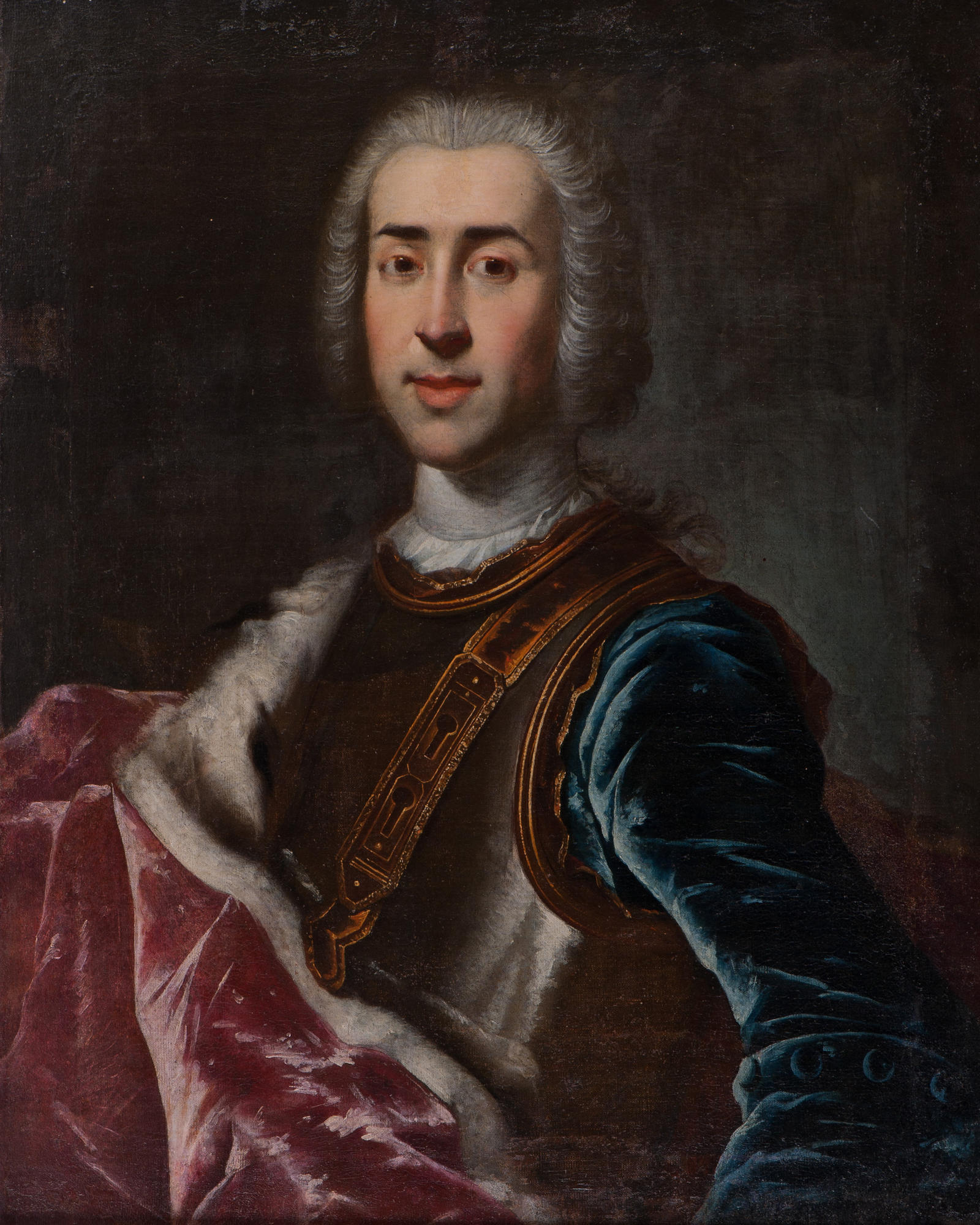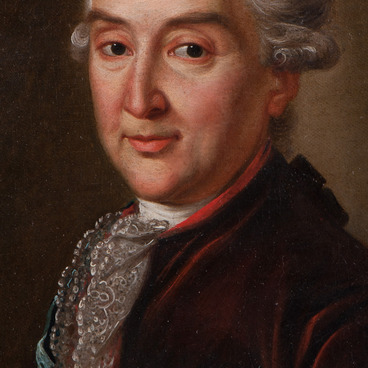Russian diplomat, Prince Dmitry Mikhailovich Golitsyn (1721–1793) was known as a philanthropist and patron of scientists and artists. He headed the embassy in Paris, for 30 years he was ambassador extraordinary in Vienna. He was promoted to lieutenant general and awarded the rank of active state councilor.
Prince Golitsyn was a serious art collector. He gathered a whole museum of rarities, bronzes, sculptures and a large art gallery.
Dmitry Mikhailovich was married to the chamber-maid of honor Princess Ekaterina (Smaragda) Dmitrievna Kantemir. Golitsyn’s wife suffered from an incurable disease and died at the age of 41. The prince was deeply upset by the death of his wife, he wrote: “… I”ve lost a person who was my greatest happiness, thanks to his tenderness for me and thanks to his virtues, which gave me a reason for admiration every day…” Most likely, this was one of the reasons why Golitsyn decided to bequeath a significant part of the funds, income from estates and his entire collection for the organization of hospitals and the doctors’ education in Russia.
It was Dmitry Golitsyn who conceived the first private civil hospital, where all the poor were treated free of charge. The last will of the prince was carried out by his cousin Alexander Mikhailovich Golitsyn. A special project was developed for the hospital by the architect Vasily Bazhenov, and Matvey Kazakov supervised the construction. The hospital was equipped with the latest medical technology of that time (there was even a special electrical room here).
It was a real family business of the Golitsyn dynasty, who not only donated funds for the benefit of the hospital, but also participated in its affairs. One says that the hospital existed not only on the brothers’ savings, but also on their collection of books: an entire floor was allocated for its exhibition. A public art gallery was also opened at the hospital. The hospital’s founders believed that works of art could be as helpful in recovery as the best doctors.
The portrait of Dmitry Mikhailovich Golitsyn by an unknown artist comes from the family portrait gallery of the Vice-Chancellor of the Russian Empire, Prince Alexander Mikhailovich Golitsyn.
Prince Golitsyn was a serious art collector. He gathered a whole museum of rarities, bronzes, sculptures and a large art gallery.
Dmitry Mikhailovich was married to the chamber-maid of honor Princess Ekaterina (Smaragda) Dmitrievna Kantemir. Golitsyn’s wife suffered from an incurable disease and died at the age of 41. The prince was deeply upset by the death of his wife, he wrote: “… I”ve lost a person who was my greatest happiness, thanks to his tenderness for me and thanks to his virtues, which gave me a reason for admiration every day…” Most likely, this was one of the reasons why Golitsyn decided to bequeath a significant part of the funds, income from estates and his entire collection for the organization of hospitals and the doctors’ education in Russia.
It was Dmitry Golitsyn who conceived the first private civil hospital, where all the poor were treated free of charge. The last will of the prince was carried out by his cousin Alexander Mikhailovich Golitsyn. A special project was developed for the hospital by the architect Vasily Bazhenov, and Matvey Kazakov supervised the construction. The hospital was equipped with the latest medical technology of that time (there was even a special electrical room here).
It was a real family business of the Golitsyn dynasty, who not only donated funds for the benefit of the hospital, but also participated in its affairs. One says that the hospital existed not only on the brothers’ savings, but also on their collection of books: an entire floor was allocated for its exhibition. A public art gallery was also opened at the hospital. The hospital’s founders believed that works of art could be as helpful in recovery as the best doctors.
The portrait of Dmitry Mikhailovich Golitsyn by an unknown artist comes from the family portrait gallery of the Vice-Chancellor of the Russian Empire, Prince Alexander Mikhailovich Golitsyn.



